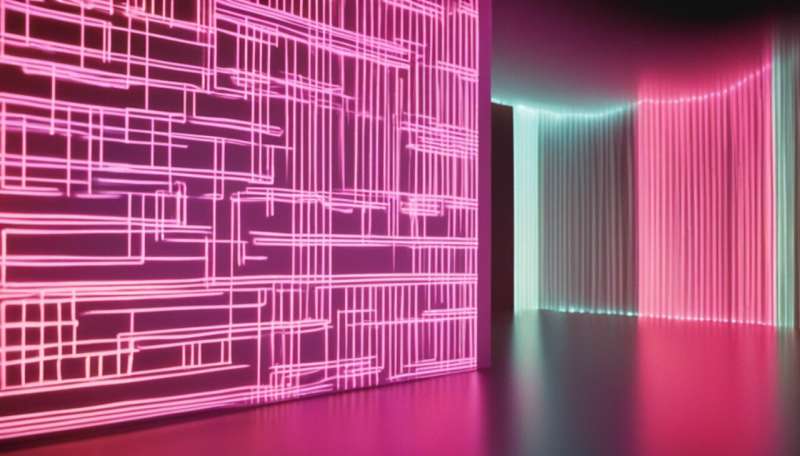New test to better detect sleep 'nightmare'

"7, 8, stay up late 9, 10, never sleep again."
Fans of the 1984 horror classic A Nightmare on Elm Street might remember this haunting parody of the children's nursery rhyme "One, Two, Buckle My Shoe".
Though the movie is pure fantasy, the idea of falling asleep can be a real nightmare for people who suffer from a condition known as rapid eye movement behaviour disorder (RBD).
RBD is characterised by abnormal, usually violent outbursts that occur when people try to physically act out their dreams during sleep – potentially injuring themselves and their bed partners.
"During the rapid eye movement stage of sleep, muscle tone drops off to a stage where the body is virtually paralysed," Flinders University sleep specialist Dr Richard Weeks said.
"But in people with RBD, muscle tone is abnormally maintained so they're actually able to move and act out their dreams," he said.
"Often the dreams are violent or threatening; the person is usually being chased, followed or attacked so when they mirror the dream's content, they might try to run and fall out of the bed, punch their bedside table or hit their partner.
"More than half of all patients with RBD report significant sleep-related injuries to themselves or their bed partner so it can have a major impact on quality of life – often their partner will end up sleeping in another room and being scared of falling asleep for their own safety."
About 90 per cent of people who suffer RBD are men aged over 60, although males and females of all ages can be affected, with occurrences varying from nightly to once every few months.
Statistics also show up to 40-80 per cent of people with RBD go on to develop neurodegenerative disorders such as Parkinson's disease, Lewy body dementia and associated conditions.
But thanks to a grant from The Repat Foundation, Dr Weeks and Associate Professor Peter Catcheside, both based at the Adelaide Institute for Sleep Health, have developed a new system to better diagnose the condition, with clinical trials now underway on existing patients.
Dr Weeks, a consultant psychiatrist at the Sleep Institute, said the main problem with the current diagnostic method is that it is largely subjective, based on the physician's assessment of muscle tone.
"The reporting sleep physician will look at the muscle tone during the REM stage of sleep and decide whether it's being abnormally maintained or not.
"We are developing new software that looks specifically at muscle tone in a way that we hope eliminates confounding factors that could interfere with the interpretation of the results.
"This provides a more robust and accurate way of analysing muscle tone without relying on subjective analysis by the physician."
With the number of RBD cases on the rise, Dr Weeks said it is hoped the software will become part of a new standardised method for diagnosis.
"We are receiving more referrals and making more diagnoses due to an increasing awareness of the condition, sleep disorders and sleep services, and also because we have an ageing population.
"The good thing is that RBD is highly treatable so if we improve the diagnosis, we can offer effective treatments with a high success rate."
A case study on a patient with a severe form of RBD, led by Dr Weeks with Flinders researchers Dr Ching Li Chai-Coetzer and Professor Nick Antic, was published earlier this year in the Medical Journal of Australia. The research is available online here.













